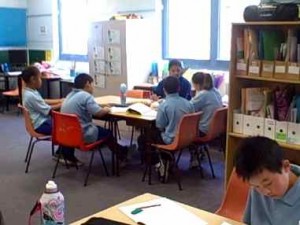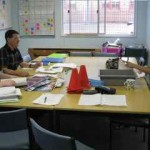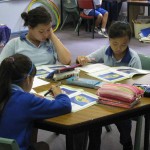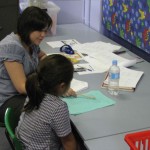Hello everyone! Have a read of what S3Fred has been doing this week!!
Our class had to decide on a class name. We voted for Fred Hollows out of Nancy Bird, Ned Kelly and Pemulwuy. We voted for him because he was very intelligent and he gave back eyesight to people. He worked with indigenous people to build a medical centre to treat eye disease. He then went to work in Africa in a place called Eritrea. He created a lens factory and trained other people to treat the eye disease. He died in 2008 from cancer but his wife created the Fred Hollows foundation to continue his work.
Once we had decided on our name we could get down to real work!
We did some contract work, we had to choose what activities we wanted to do and when we wanted to do them. That was a lot of fun!!
We explored Bloom’s Taxonomy tasks, the levels are remembering, understanding, applying, analysing, evaluating and creating! They are from low to high thinking skills.

Also we did our reading tasks, we picked a book to of which we had to read chapters 1 and 2 and then choose to do some different tasks. A few examples are draw your favourite character from the book and 5 questions you would ask the author and there were more activities to choose from. That was really an amazing thing to do!!

S3Fred have been studying for NAPLAN. Last week we did a math test to see what things we need to learn and we set our goals from what we didn’t know. Miss York set us some work that matched our goals. We do worksheets and play Mathletics to help us achieve our goals.
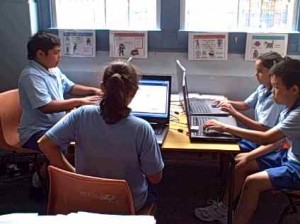
We have been negotiating and writing our narrative quality criteria. These are expectations that make a good narrative. Hers are some of our criteria: complex sentences, orientation, complication, resolution, who, what, where, when and why. We have also been learning about writing interesting descriptions for our narrative. We had to use our imagination and think about different settings. We were playing a game called the Circle Game, whoever had the ball had to say something that is shiny. Some of our answers were: gold, earrings, necklace, diamond and a gold key.
For NAPLAN we have been learning about our senses. Thinking through our senses helps us write a better narrative. We had to think about our five senses and pretend that we were in a setting eg shopping centre, cemetery, hospital, jungle, desert, and forest.
